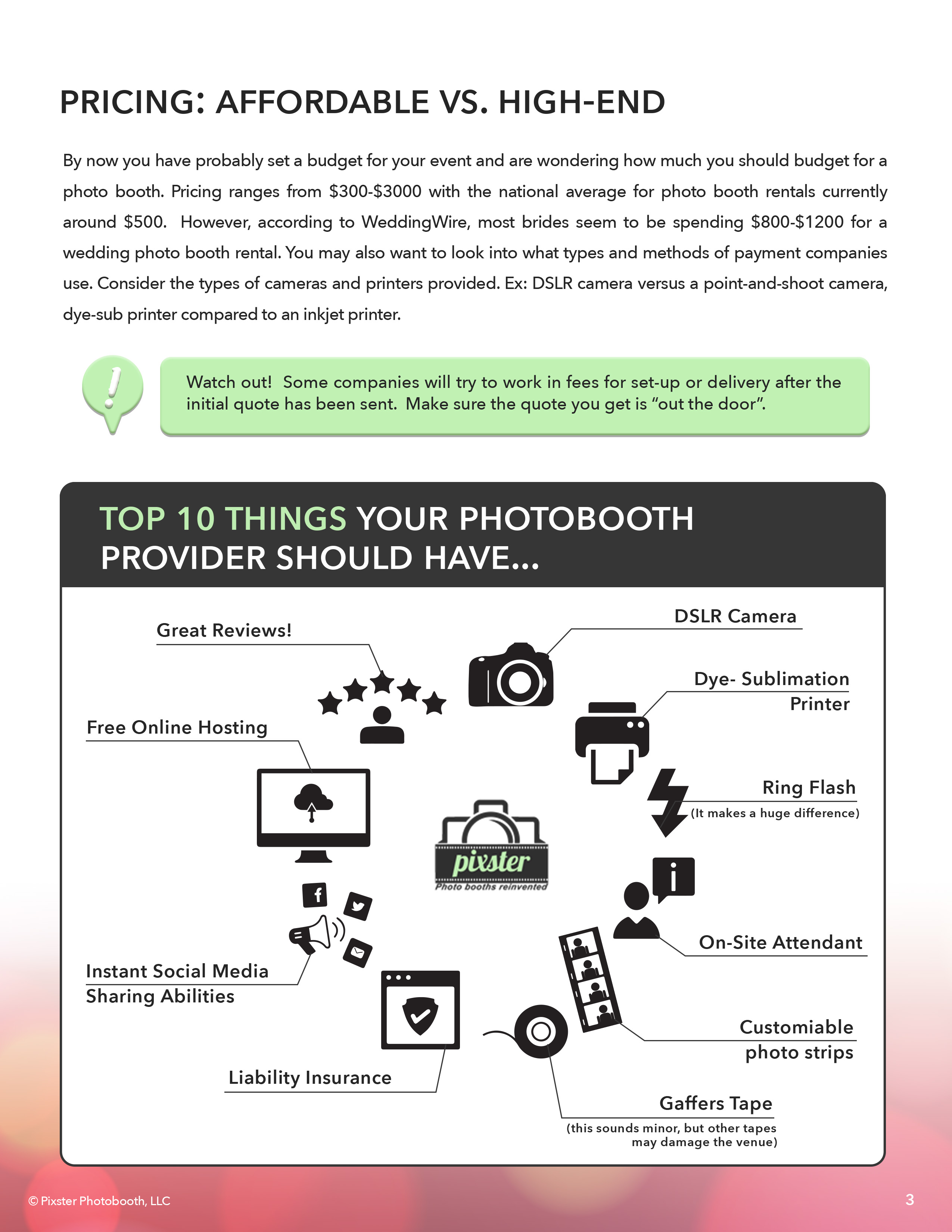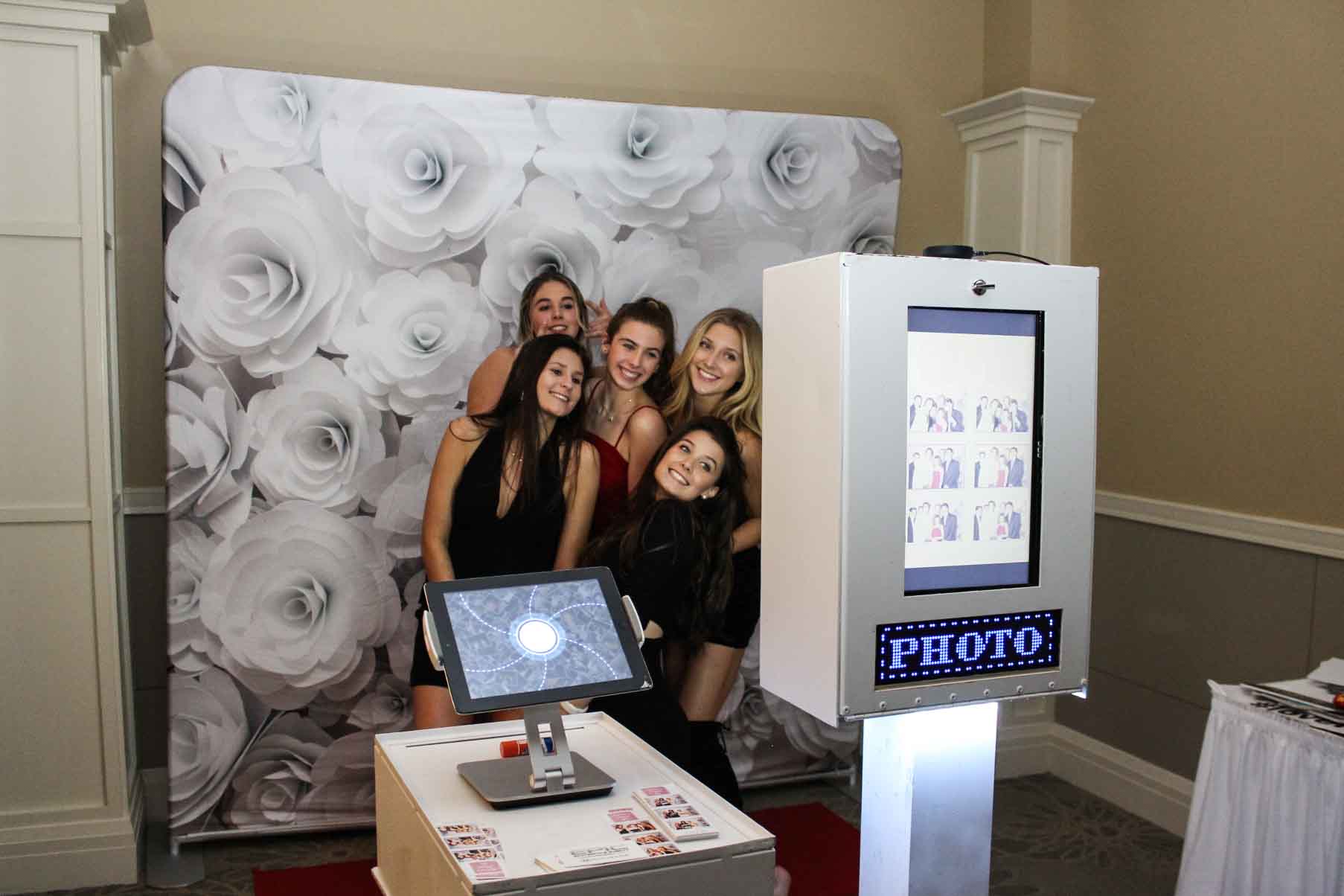
Once again-and I really can't emphasize this enough-social media, however informal they can seem, are a representation of your business. This is one of the tips that applies to the use of social media at all times, not just during tradeshows.

That way, you can create a buzz around the overall event and draw people to your stand at key times during the show. Use them to promote structured events throughout the tradeshow: product demonstrations, for example, or signings. Try to keep your communications via social media focused on content and value. Don't fill any empty minutes by tweeting the first thing that comes into your head, however appropriate it may seem at the time. By their very nature, tradeshows can involve a lot of sitting around. This is a matter of quality rather than quantity.
#SOCIAL BOOTH GUIDE PROFESSIONAL#
Nothing looks less professional than a sentence that's peppered with errors or a message that makes no sense whatsoever! It may be fashionable among teenagers and youngsters to use misspellings and vowel-free abbreviations in their Facebook, Pinterest, or Twitter accounts, but clear communication is vital in business.Ī tweet may be just 140 characters long, but it is still a message representing your business. You may think this goes without saying, but if I had a dollar for every time an important, potentially vital business post on social media was misspelled-and often embarrassingly so-I would be a very wealthy man! Take time to consider who you would like to meet at the show, and use sites such as LinkedIn to compose lists of those you can network with when you're there. Essentially, you don't want to be the only company there using, for example, #NYCExpo, when everybody else is using #ExpoNYC.

On the subject of hashtags, if possible find out what the official or most common hashtags applicable to the tradeshow will be. Begin tweeting about the tradeshow well in advance, and if possible include the official Twitter name or hashtag for the event. If your business doesn't have a Facebook page or Twitter account, set them up. Draw up a strategy beforehand, in the weeks building up to the show. One of the key components of using social media at a tradeshow is preparation.

Much of the following advice could apply to social media in everyday business, but we find that tradeshows are where up-to-the-second media such as Twitter come into their own, helping make the physical event virtual, and bringing something very localized to a wider-and potentially global-audience. (That last point may seem trivial, but taking along your more sociable and outgoing team members will add value to the experience, as well as giving staff a change of scenery and a new and diverse set of challenges to meet.)


 0 kommentar(er)
0 kommentar(er)
